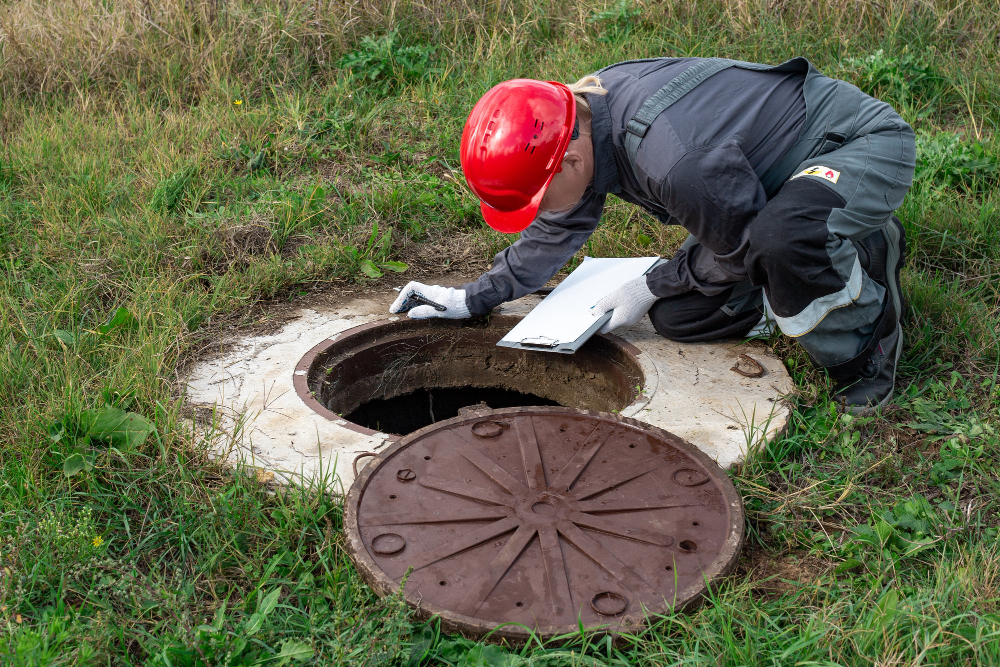
22
Regular septic tank inspections are essential for keeping your system running smoothly and avoiding costly repairs. While hiring a professional septic company for a full inspection is always recommended, you can perform a basic DIY inspection to catch potential problems early. This guide will walk you through the process, including what to look for and when to call in the experts for septic services like septic tank repair.
Before starting your inspection, gather the necessary tools. You’ll need:
Having these tools on hand will make the inspection process smoother and safer.
The first step is to locate your septic tank. If you’re unsure of its exact position, check the septic tank installation records or consult a septic company for a map. Typically, the tank is buried a few feet underground, away from the house but within reach of plumbing connections.
Once you’ve found the tank, use a shovel to uncover the access port. Be cautious while digging to avoid damaging pipes or tank components. After locating the access port, remove the lid carefully.
A crucial part of septic tank maintenance is monitoring the scum and sludge levels. These are the two primary types of waste that accumulate in the tank. The scum layer floats on the surface, while the sludge settles at the bottom. If these levels are too high, it’s time for septic tank pumping.
Use a measuring stick or long pole to check the levels.
If the levels are high, contact Charlotte Septic Pros to arrange for septic tank pumping.
While you have access to the tank, visually inspect it for any signs of cracks or leaks. Cracks in the tank or broken baffles can lead to costly septic tank repair or even the need for a new septic tank installation. If you notice anything unusual, it’s best to call a professional for a more thorough inspection.
After inspecting the tank, assess the health of your drain field. Look for soggy areas, foul odors, or lush, overly green grass near the drain field. These are signs that wastewater isn’t being absorbed properly, indicating potential issues with the tank or drainage system.
Keep a log of your findings, including the date of the inspection and the scum and sludge levels. This information will help you track when septic tank cleaning or pumping is required.
While a DIY septic tank inspection can help you identify early warning signs, it’s essential to schedule regular professional inspections. Professionals at Charlotte Septic Pros can offer a more thorough assessment, perform necessary septic tank repairs, and handle septic tank pumping safely and efficiently.
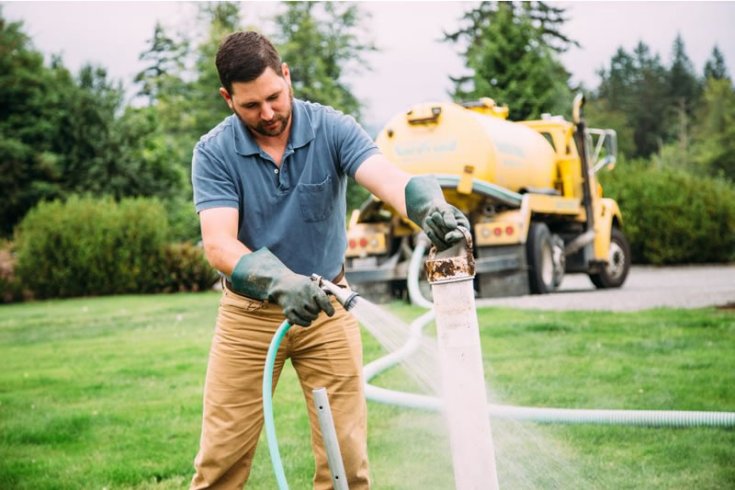
19
Is Your Septic System Overdue? Simple Home Checks You Can Do Today For many homeowners, the septic system is a…
Read more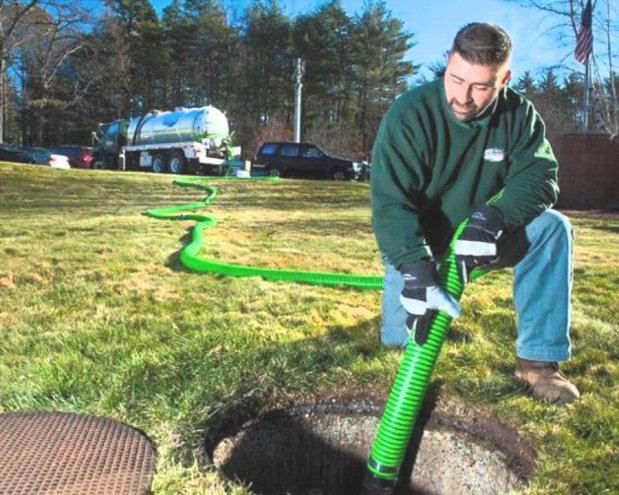
13
5 Signs Your Septic Tank Is Overdue for Pumping Your septic system works quietly behind the scenes, managing wastewater from…
Read more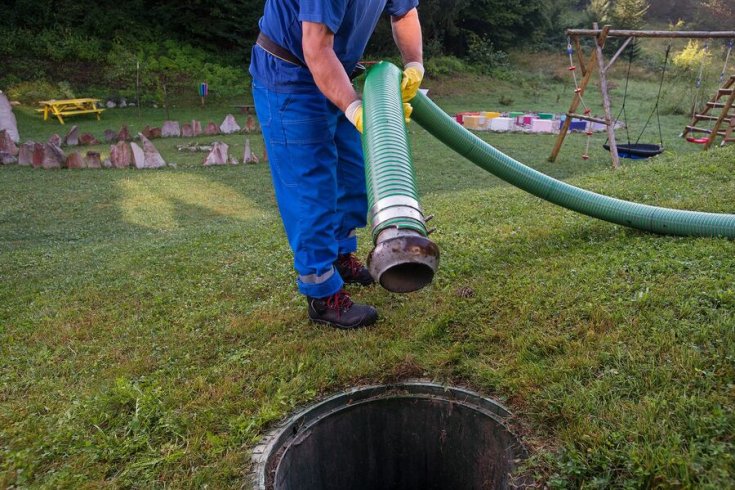
07
Do Septic Additives Really Work? Septic additives are everywhere. You’ll see them at hardware stores, advertised online, and often recommended…
Read more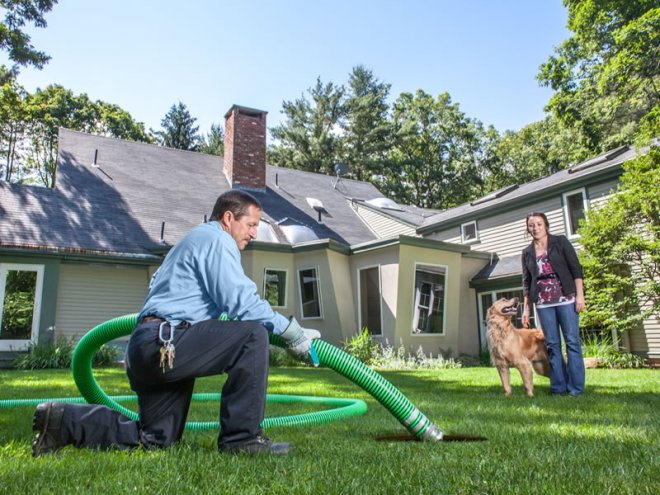
29
5 Things You’re Doing Every Day That Fill Up Your Septic Tank Faster Your septic system works quietly in the…
Read more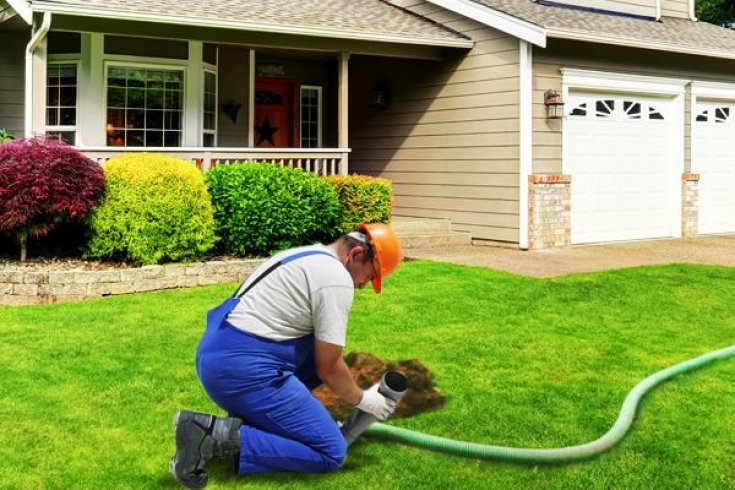
21
Is It Normal for Grass to Grow Greener Over My Septic Tank? If you’ve noticed a patch of grass in…
Read more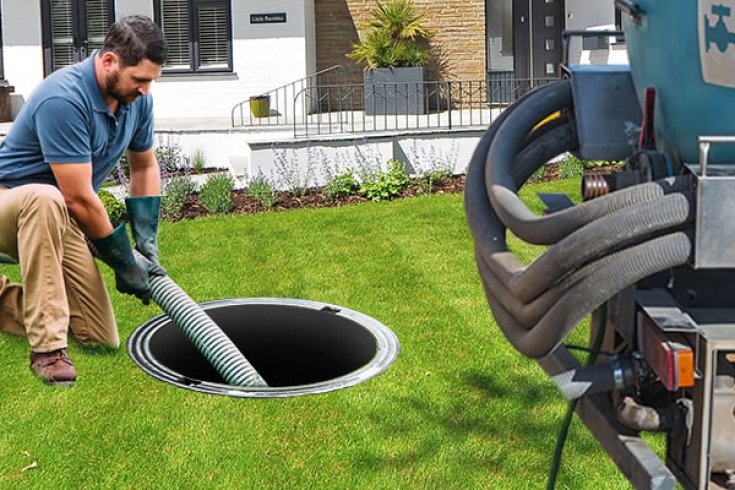
16
Why You Shouldn’t Wait Too Long to Pump Your Septic Tank A septic system works tirelessly behind the scenes to…
Read more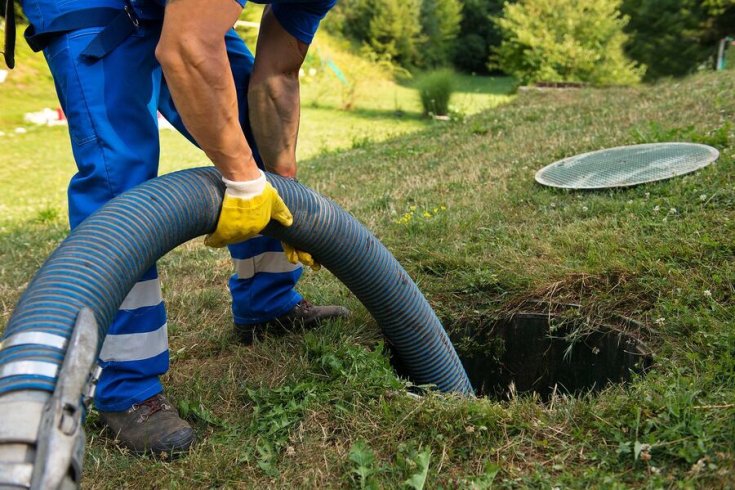
07
Septic Tank Smells? Let’s Talk About What’s Really Going on Underground A septic system is designed to manage wastewater efficiently…
Read more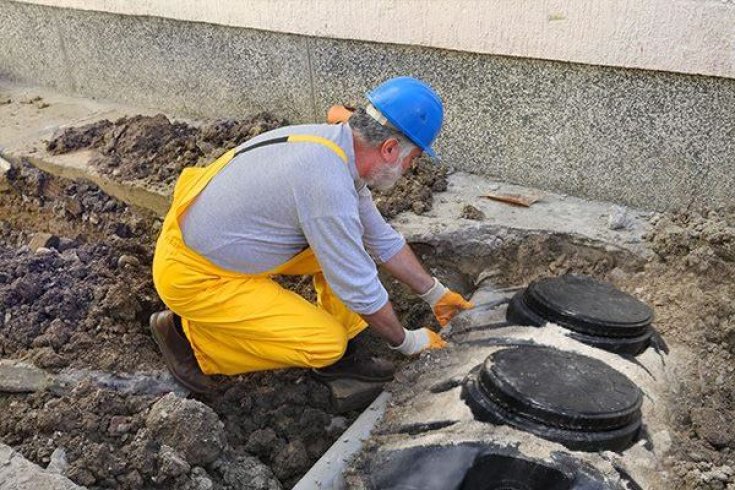
31
Why Neglecting Your Septic Tank Can Affect Your Yard, Home, and Health A well-functioning septic system is essential for managing…
Read more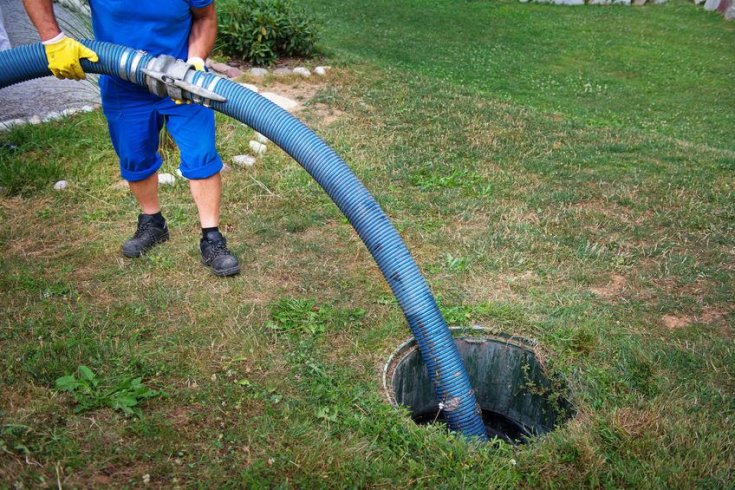
24
How to Prepare Your Septic System for Heavy Rain or Flooding When heavy rain or flooding hits, one of the…
Read more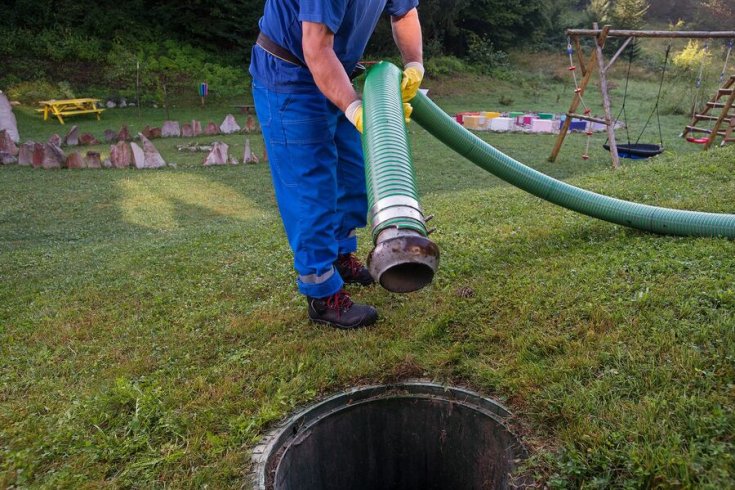
18
Does My Septic Tank Smell Mean Trouble? A well-functioning septic system should work quietly and odorlessly beneath the surface. If…
Read more